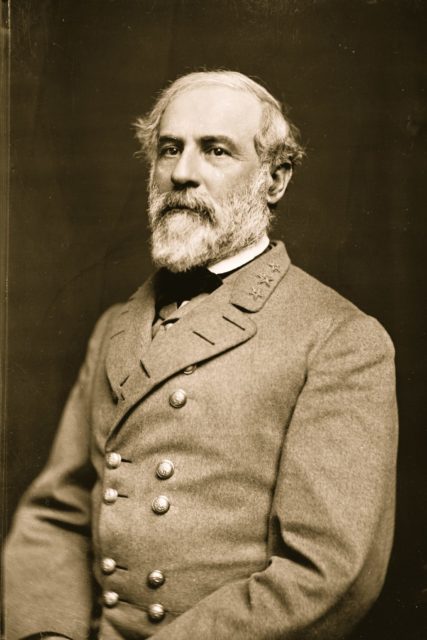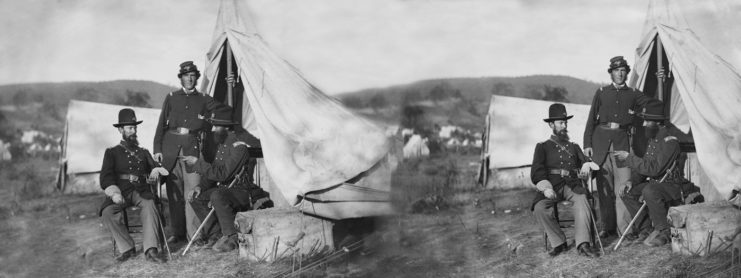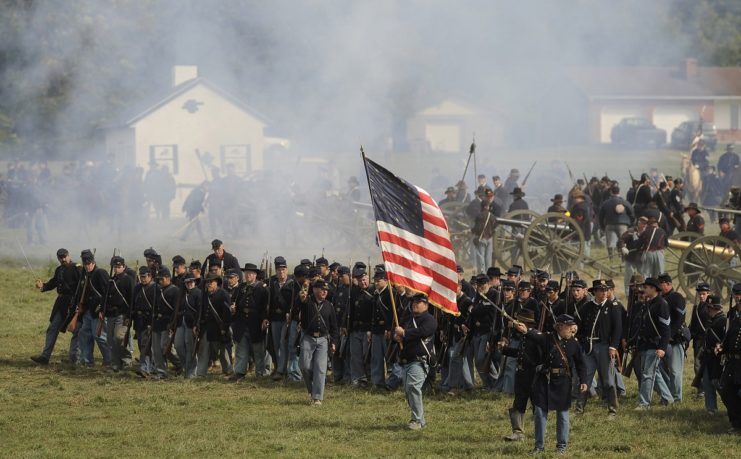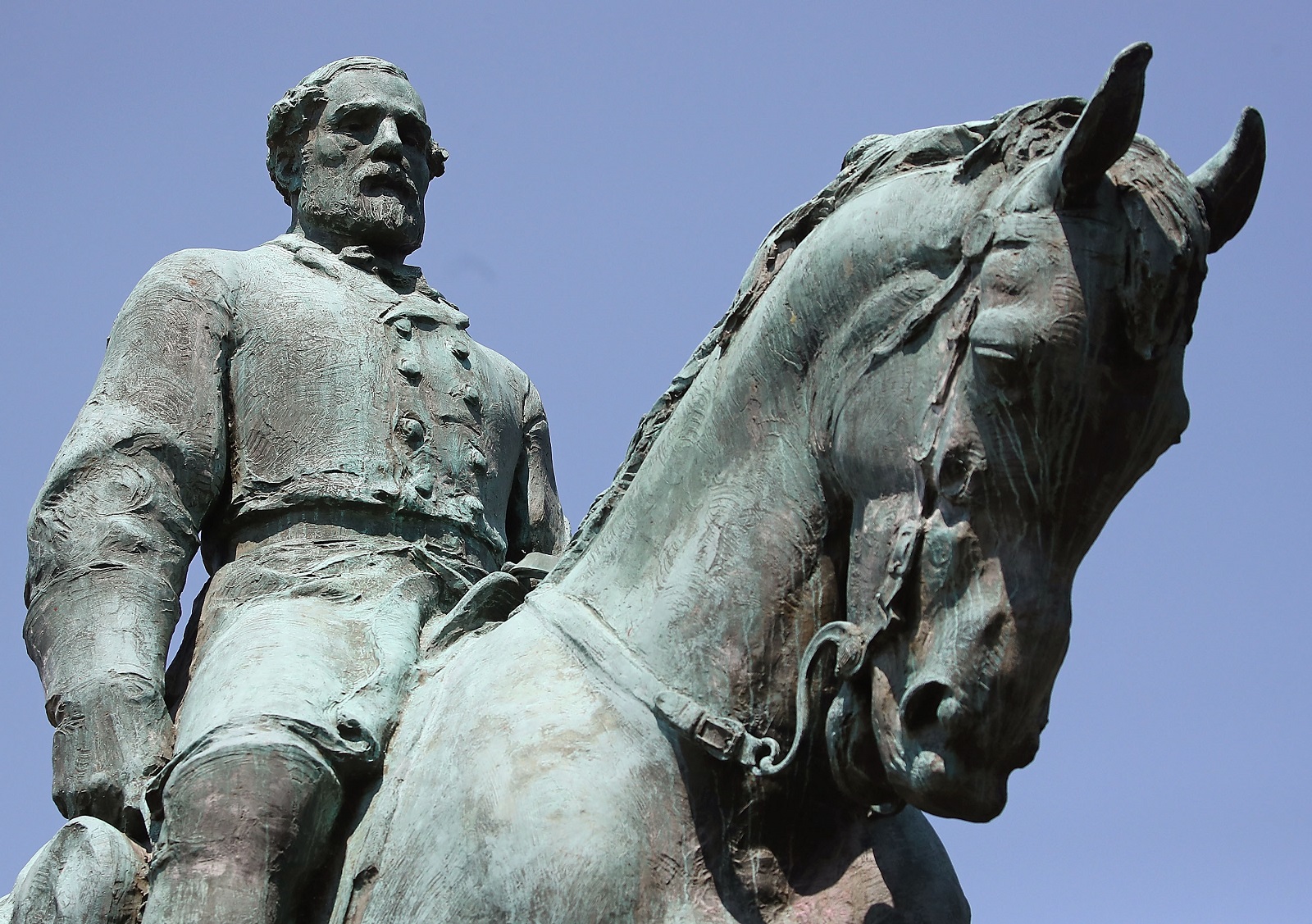It was early September in 1862, and General Robert E. Lee was drafting plans for his Confederate invasion of Maryland. Lee drew up a detailed battle plan for his Army of Northern Virginia, which would be divided during the invasion before regrouping after their battles had been fought.
As this attack would require a number of generals to command the diced-up army, the battle plan was copied and sent to each leader. On Friday the 13th, a copy of this top-secret order was found lying in the grass by a Union soldier, a discovery that changed the course of the American Civil War.
Special Order 191

After emerging victorious from the Northern Virginia Campaign, Confederate General Lee aimed to continue pushing north. This would be the first invasion of the North and was based on the premise that the South could reduce morale enough to force President Abraham Lincoln into negotiating peace. Many Confederate commanders and politicians also believed that actions in the North would invite a foreign response in the south’s favor.
During the invasion, Lee decided to split the Army of Northern Virginia into multiple parts; a risky but potentially rewarding tactic that could complete multiple objectives at once.
The divided army would be commanded by generals such as Major General Stonewall Jackson, General James Longstreet, and Major General D. H. Hill.
To brief the commanders on their orders for the invasion, Lee precisely detailed the battle plan in a single document. The document, called Special Order 191, contained the Confederate army’s objectives, the routes to be taken on those routes, and precise times for arrival.
Robert H. Chilton made copies of the order to be distributed among the commanders.
The “Lost Order”

The Confederate’s luck took a turn for the worst on Friday the 13th of September, of all days. At around mid-day, a Union soldier noticed three cigars wrapped in a piece of paper lying in the grass of a just-emptied Confederate encampment.
Upon reading the order, the soldier realized its importance and passed it on. Officer by officer, the order made its way up the chain of command until it arrived at Major General George B. McClellan, the leader of the Army of the Potomac, who would soon face down against General Lee.
Finding the enemy’s entire battle plan abandoned in a field is a situation that any tactician would dream of during their career.
With the information contained within the order, McClellan had the luxury of being able to pre-emptively plan a way of stopping the Confederate invasion.
The Maryland campaign

On September 17, four days after Order 191 had been found and thirteen days after the first Confederate soldiers entered Maryland, Lee’s forces clashed with McClellan’s at the Battle of Antietam. Lee’s Army of Northern Virginia was significantly smaller than McClellan’s Army of the Potomac, the latter of which also had the advantage of knowing Lee’s battle plans.
The battle resulted in Lee’s defeat, and became the bloodiest day in American history, with both sides combined receiving over 20,000 causalities.
After the battle was over, Lee and his battered army retreated back into Virginia, but McClellan did not pursue him, something that he received widespread criticism for. On top of this, a quarter of McClellan’s forces were not utilized in the battle, and today many agree that he did not fully exploit the strategic advantage that came with the discovery of Order 191.
Even though Union forces had forced Lee to retreat, they had suffered heavier losses, complicating the results of the battle. Despite this, it is considered a Union victory.
Lincoln, emboldened by victory, announced his Emancipation Proclamation, which freed over 3 million slaves in Confederate states. This helped solidify Lincoln’s international recognition and thus contributed to the Union winning the Civil War.
The simple mistake of leaving a piece of paper wrapped around three cigars cost the Confederacy dearly.
